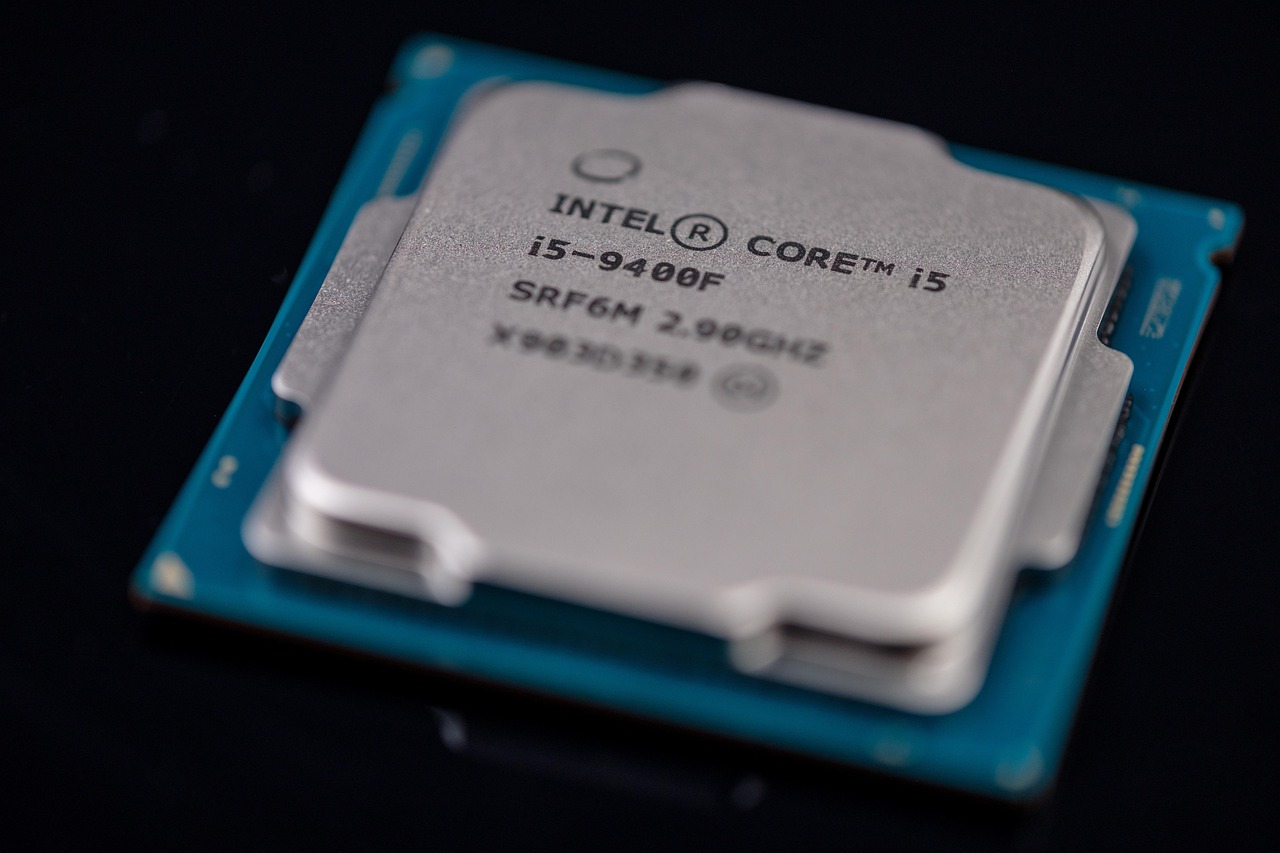Mobile SIM Swap Now Requires Selfie Verification

In a significant move to combat the rising tide of mobile SIM swap fraud, telecom operators worldwide are introducing selfie verification as a new security measure. This development reflects a growing trend towards incorporating biometric authentication in various aspects of digital security, aiming to safeguard users against identity theft and unauthorized access to their personal data.
SIM swap fraud has become a prevalent issue in recent years, with cybercriminals exploiting vulnerabilities in the traditional SIM card replacement process. By convincing mobile carriers to issue a new SIM card for an existing phone number, fraudsters can gain access to personal accounts, intercept calls and messages, and potentially drain financial resources. The introduction of selfie verification seeks to address this vulnerability by ensuring that only the legitimate account holder can authorize a SIM swap.
How Selfie Verification Works
Selfie verification leverages facial recognition technology to authenticate users. When a customer requests a SIM swap, they are required to submit a real-time photograph of themselves. This image is then compared against pre-existing facial data that the telecom provider has on file for the customer. The verification process typically involves the following steps:
- The customer initiates a SIM swap request through the telecom provider’s app or website.
- The system prompts the user to take a selfie using their device’s camera.
- Facial recognition algorithms analyze the submitted photo, checking for a match with the stored facial data.
- Once verified, the SIM swap process proceeds, allowing the user to receive a new SIM card.
- If the verification fails, the request is flagged, and additional security measures are triggered.
Global Implementation and Challenges
Several countries have already begun implementing selfie verification for SIM swaps, recognizing the need for enhanced security protocols. For instance, mobile operators in countries like the United States, the United Kingdom, and parts of Asia have rolled out this measure to protect consumers more effectively.
However, the adoption of selfie verification is not without its challenges. Privacy concerns are at the forefront, as users must trust telecom providers with sensitive biometric data. Ensuring compliance with data protection regulations, such as the General Data Protection Regulation (GDPR) in Europe, is crucial to maintaining customer confidence and avoiding legal repercussions.
Moreover, the reliability of facial recognition technology remains a topic of debate. While advancements have improved accuracy, factors such as lighting conditions, camera quality, and individual physical changes can impact the effectiveness of the verification process. Telecom providers must invest in robust systems to mitigate these issues and provide a seamless user experience.
Looking Ahead
The introduction of selfie verification for SIM swaps marks a significant step forward in the fight against mobile fraud. As telecom companies continue to enhance their security measures, collaboration with cybersecurity experts and continuous technological advancements will be essential in addressing emerging threats.
For tech-savvy professionals, understanding the intricacies of these new verification processes can aid in navigating the evolving security landscape. Staying informed about the latest developments and best practices in digital security can empower users to take proactive steps in protecting their personal information.
As the digital world continues to evolve, the implementation of innovative security measures like selfie verification will play a crucial role in safeguarding the integrity of mobile communications and ensuring user trust in telecom services.













